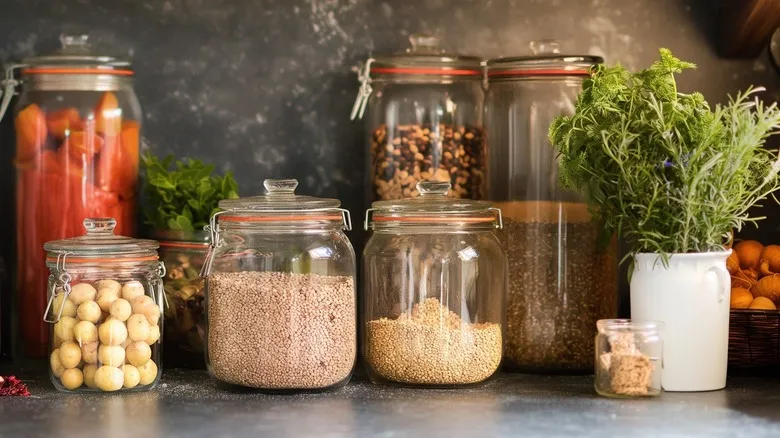Rice, beans, and lentils
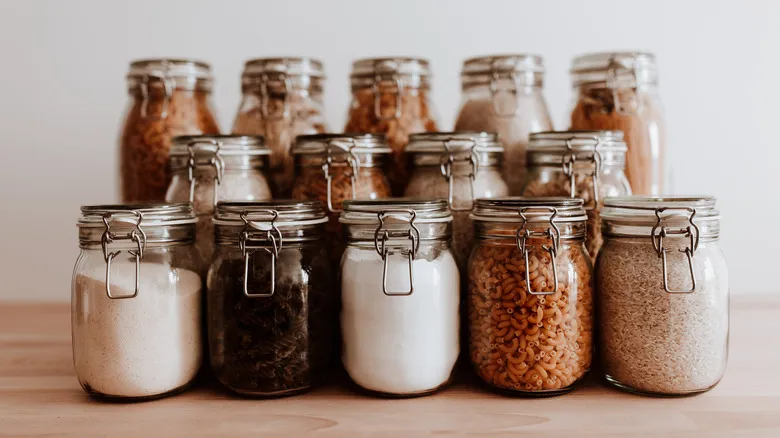
Dried beans typically cost less per volume compared to canned varieties and are much easier to purchase in bulk. "You get more value for your money," says Katelyn Leckie, "and I don’t actually soak mine." This is a relief for those who think cooking dried beans requires a lot of effort. While many recipes suggest soaking dried beans overnight, Leckie admits she often skips that step; "As soon as I start cooking, I boil them in plenty of water so it circulates around each bean, allowing them to cook faster." Just be sure to check the expiration date, as older beans take longer to cook. "If you're at a grocery store with a high turnover," Leckie explains, "you should be fine."
Rice is another item she prefers to buy in larger quantities. "I always get a big bag, and we go through it pretty quickly," she notes. If you consume a lot of rice, there's no need to spend extra on artisanal basmati sold in a 300-gram package when you can find a 10-pound bag of good-quality rice at a local Asian market. The same applies to dried lentils.
Flour and cooking oil

If you frequently use a particular ingredient, consider purchasing it in bulk. This approach typically leads to cost savings. However, Katelyn Leckie emphasizes that "freshness is essential." She explains, "Buying everything in large quantities won't be beneficial if you can't use it all and end up discarding it. That won't help your budget. But if you do a lot of baking, opt for a larger bag of flour." Aim for a 5 to 10-pound bag.
You can refer to our list of popular flour brands, but Leckie usually chooses the most affordable name brand. This is her straightforward rule for budget-friendly grocery shopping: "I always select the second cheapest option. When unsure, go for the second cheapest."
In the same vein, if you use a lot of oil for cooking and baking, purchasing it in larger 3-liter or gallon containers can be advantageous. Leckie keeps a smaller reusable bottle handy to make daily use more convenient. While oil can go rancid, buying in bulk can lead to significant savings if you use it regularly. Remember, not all olive oils are the same; some are superior, while others are not suitable for cooking. If you invest in a high-quality bottle of olive oil, reserve it for drizzling over dishes rather than using it in cooked recipes.
Pasta
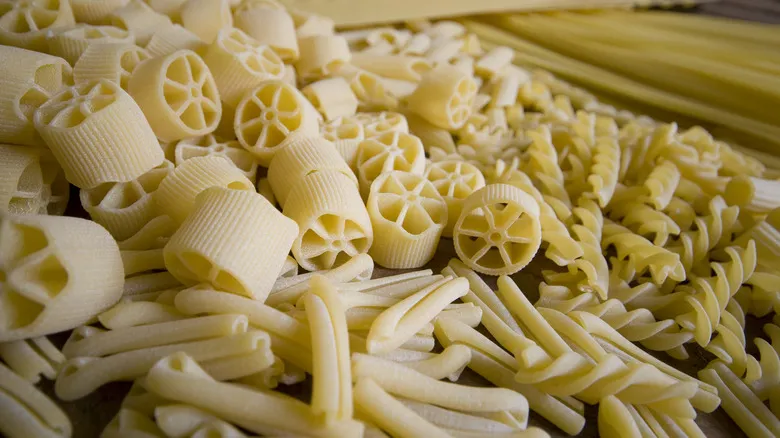
When it comes to dried pasta, Katelyn Leckie adheres to her "second cheapest option" guideline. She avoids no-name brands, opting instead for the most affordable dry pasta from an Italian brand. This preference likely stems from her habit of purchasing ingredients from those who specialize in them. By sourcing directly from reputable brands, you can often save money without compromising on quality. While a good box of pasta may not be the absolute lowest-priced option, "It frequently goes on sale," she explains. "So when I spot it on sale, I’ll grab three or four boxes to keep at home."
If you typically shop on a whim, consider planning ahead the next time you replenish your pantry. Reliable pasta brands often have sales, and Leckie suggests taking advantage of these opportunities to stock up. Having a box on hand means you won’t have to pay a premium later. Just remember to follow proper storage practices for dried pasta, and it should remain good for years in your cupboard.
Parmesan and butter on sale

Taking advantage of a good deal is usually a smart strategy, provided you're purchasing items that you genuinely use, especially those with a longer shelf life. While some ingredients may not stay fresh for long in the pantry or refrigerator, Katelyn Leckie points out that they can often be preserved in the freezer. Struggling to finish that expensive pint of fresh strawberries? Just freeze the leftovers for smoothies! And what about that bottle of juice? Pour some into an ice cube tray before it starts to ferment.
Items that freeze well can often be bought in bulk. Leckie suggests taking advantage of sales to stock up. However, not all cheeses freeze effectively; some can alter in texture after being frozen and thawed. On the other hand, low-fat cheeses, like hard cheeses such as Parmesan, freeze quite well. Interestingly, butter does too. "I buy in bulk when it’s on sale," Leckie shares, "and I store it in the freezer. It freezes exceptionally well."
These ingredients are essential staples, but their prices have been rising significantly, making them increasingly unaffordable. So, when you spot butter or Parmesan cheese on sale, grab as much as you can and stash the extras in the freezer. When you need more, simply transfer it to the fridge, and remember to let the butter reach the appropriate temperature for your cooking needs.
Herbs and spices
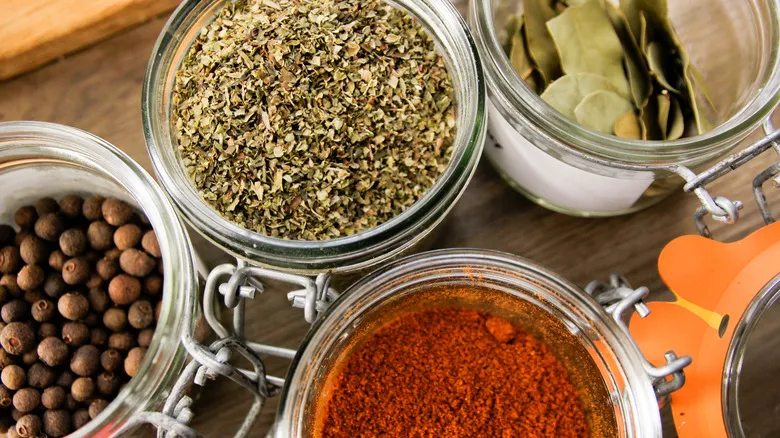
Fresh herbs often end up being wasted. They are typically sold in large bunches, and most recipes don't require that much. By the time you need more, they may have already spoiled in the fridge. Katelyn Leckie suggests, "As soon as you get home, wash them, roll them in a paper towel, and then place them in a ziplock bag... this helps them stay fresh a bit longer."
She also advises, "Whenever you can substitute dried herbs in a dish, like in a chili or a long-simmered stew, it's usually more economical since fresh herbs can be pricey and often go unused." Dried herbs are generally cheaper and have a much longer shelf life. Leckie points out that some fresh herbs, such as rosemary and thyme, can be easily dried. So, the next time you use a sprig of thyme and aren't sure you'll need the rest, just hang the bunch in your kitchen, and it will dry out in a few days.
Spices can also be costly. It's wise to purchase them in larger quantities when possible and store them in a sealable jar. However, Leckie warns, "spices can lose their potency over time," so it's best to buy them as fresh as you can.
Staple cooking veggies
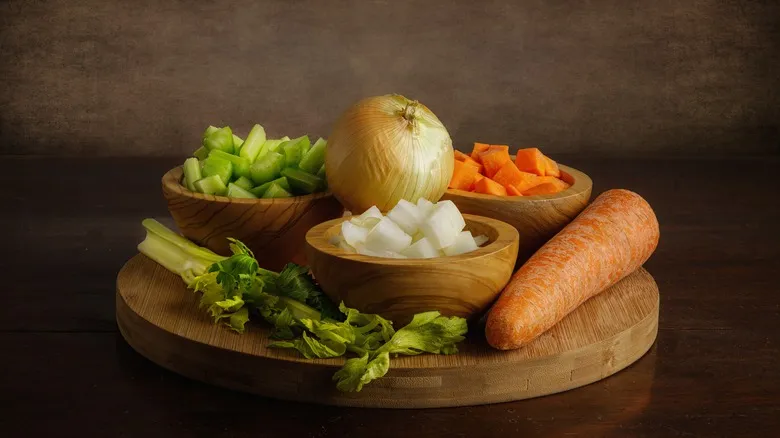
There are several key reasons to choose organic fruits and vegetables. One reason is to reduce your exposure to pesticides, while another is to ensure you’re getting the most flavorful ingredients available. Katelyn Leckie emphasizes the importance of taste when deciding which produce to purchase organically. She notes, "When you're cooking Swiss chard, for instance, the flavor of the chard takes center stage... If the taste of the vegetable is so prominent, I believe it's worth opting for organic."
Organic or locally sourced tomatoes are often much more flavorful, making them a worthwhile investment. Similarly, Leckie mentions that organic bananas are a fruit she refuses to compromise on, as they tend to be significantly tastier than their non-organic counterparts. However, some vegetables that break down during cooking and become more of a subtle background flavor may not justify the higher price of organic. Staples like onion, celery, and carrots, which are commonly used in mirepoix or sofrito, don’t necessarily need to be organic. You can find large bags of onions or carrots at a low cost, and they have a good shelf life.
Cabbage and potatoes
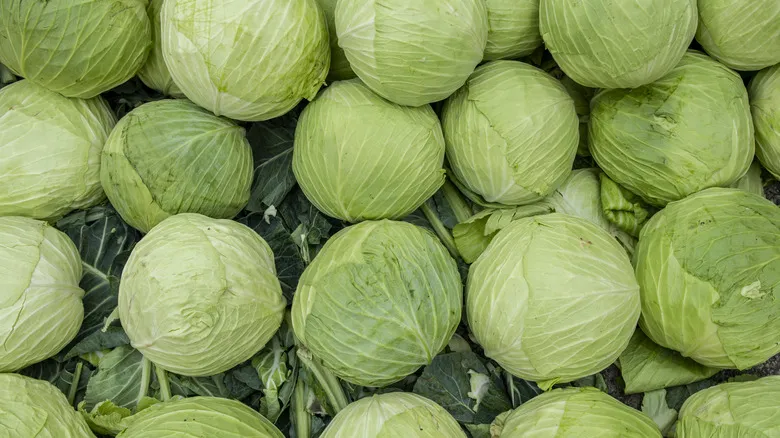
There are many varieties of potatoes available (such as red, white, yellow, purple, waxy, or starchy), and you might prefer one type over another for specific recipes. Katelyn Leckie indulges in organic fingerling potatoes for a fresh side dish, but she believes that when it comes to baking or stewing, a russet is just a russet. So, feel free to pick up that budget-friendly 5 or 10-pound bag.
Cabbage is another adaptable vegetable that absorbs flavors exceptionally well. This means you can opt for the less expensive options without significantly affecting the overall taste of your dish, especially when it's cooked down. "I just buy the most basic cabbage I can find at the grocery store," Leckie shares. "And it stretches so far... get a large one, and they last. They can stay fresh in the fridge for a long time."
If cabbage doesn't excite you, it's definitely worth trying out. It features in a variety of cuisines and recipes, from zesty coleslaw to stir-fries, corned beef, or even cabbage rolls. It's delicious both raw and cooked, so take a look at this guide to the different types of cabbage and how to prepare them. While many fruits and vegetables have a short shelf life, these sturdy veggies are typically inexpensive, versatile in cooking, long-lasting, and generally provide more value than many others.
Canned whole tomatoes
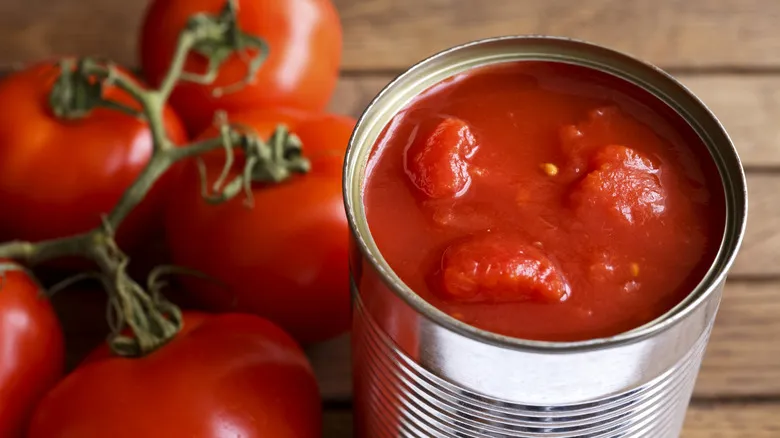
Canned tomatoes are available in various forms, such as crushed, diced, and puréed. However, Katelyn Leckie suggests that you only need to keep whole peeled tomatoes on hand. If a recipe requires crushed tomatoes or tomato sauce, you can easily crush the whole tomatoes by hand or blend them in a food processor to achieve the desired consistency for your dish.
When it comes to canned tomatoes, there's a surprising range of prices. A quality can of San Marzanos can cost over $5. Leckie notes that if you're using them in dishes that will be cooked down and blended into a more complex flavor, like chilis, soups, or stews, it's perfectly fine to choose the more affordable options. However, if the tomatoes will be the main ingredient, as in certain pasta sauces, it might be worth investing in a higher-quality brand. She personally keeps two large cans of budget-friendly no-name tomatoes and one or two cans of more expensive Italian pomodoros in her pantry.
Tomato paste is another essential ingredient that often goes to waste. Most recipes only require a few tablespoons, leaving a significant portion of the can unused. If you're tired of throwing away that leftover paste, Leckie suggests using tomato paste that comes in a tube. These resealable metal tubes last longer in the fridge without hardening or developing mold.
Fish sauce
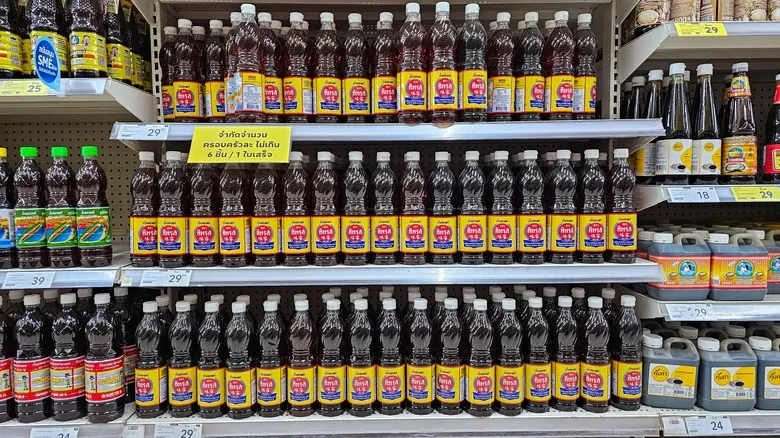
Anchovies are frequently used in pasta sauces and salad dressings. Katelyn Leckie notes that they are an excellent way to enhance a dish with umami flavor. However, she mentions, "While they aren't particularly pricey, I find that if I buy a jar, I don't use them quickly enough, which can lead to wasting money." Instead, she suggests that unless a recipe specifically requires these salty fish, "I opt for fish sauce... I incorporate it into pasta sauces, Asian dishes, and salad dressings, and it lasts indefinitely since it comes in a large bottle. You only need a few splashes."
If you've prepared a Thai curry, you might be familiar with fish sauce. For those who are unsure, fish sauce is a salty, translucent brown liquid with a strong aroma and a potent fishy taste that delivers a significant umami punch. This flavor actually comes from anchovies, making it a suitable alternative. Fish sauce can also enhance the taste of fried rice. It has a rich, intense flavor, and a small amount goes a long way. Unlike some other ingredients that we use sparingly, fish sauce tends to have a long shelf life in the refrigerator. Just a dash in your marinades, curries, sauces, and dressings can add remarkable depth of flavor and serve as a cost-effective substitute for anchovies.
Recommended

5 Food Items You Never Should Buy At A Gas Station
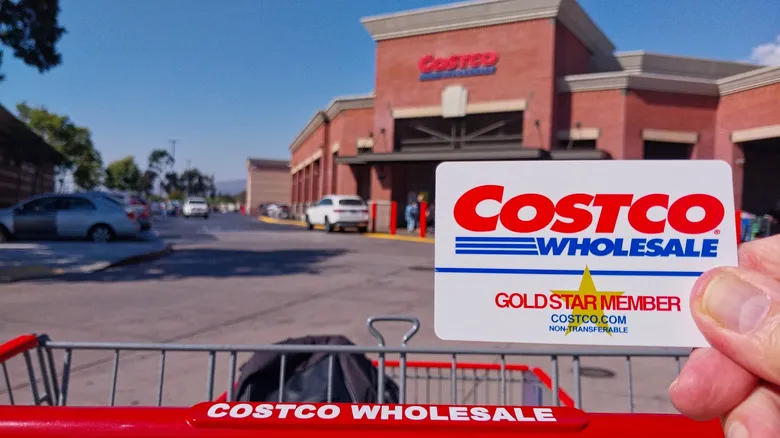
Can You Use Your Costco Membership Internationally?
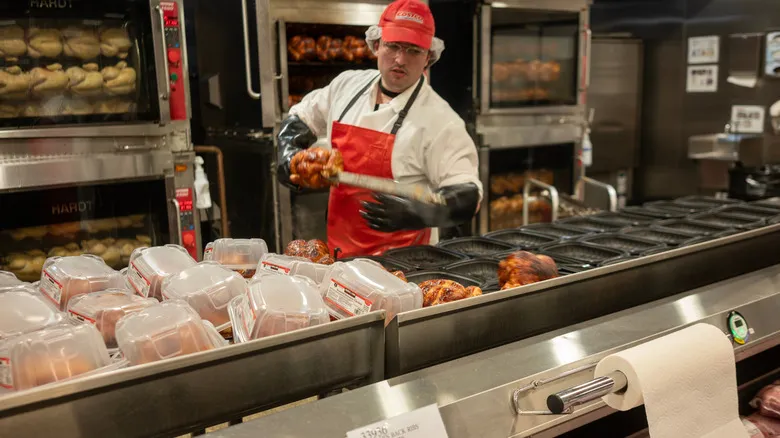
Everything We Know About The Costco Strike So Far
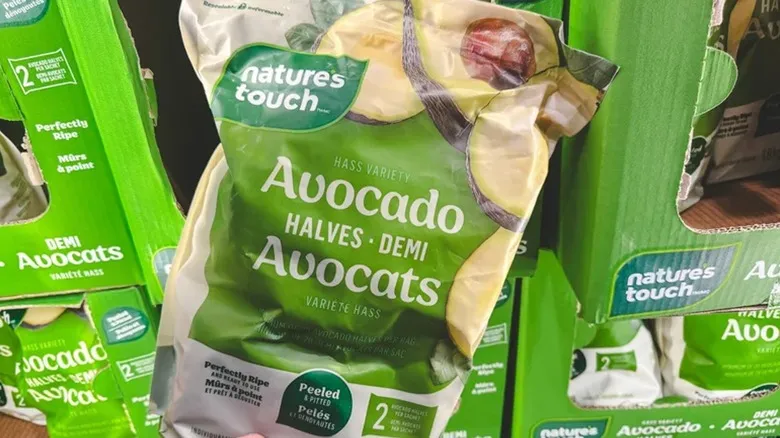
Why You Should Reconsider Buying Costco's Frozen Avocado Halves
Next up

